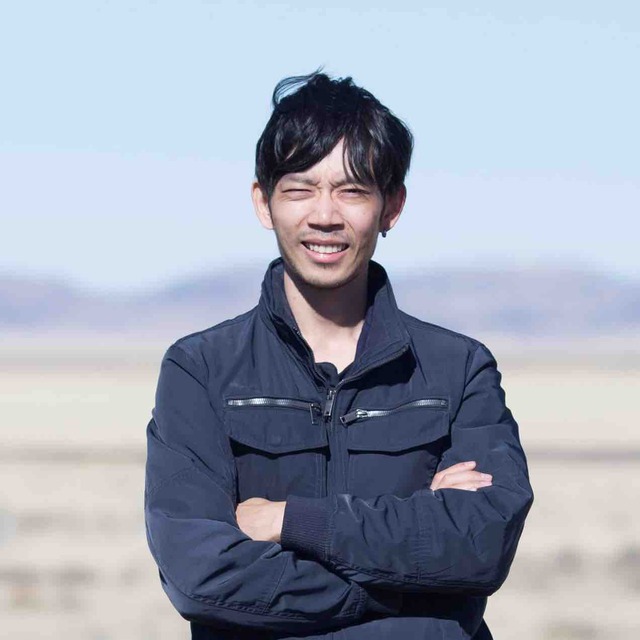September
2022
•
2022ApJ...936..167I
Authors
•
Ishikawa, Yuzo
•
Morishita, Takahiro
•
Stiavelli, Massimo
•
Leethochawalit, Nicha
•
Ferguson, Harry
•
Gilli, Roberto
•
Mason, Charlotte
•
Trenti, Michele
•
Treu, Tommaso
•
Norman, Colin
Abstract
•
The distribution and properties of the first galaxies and quasars are critical pieces of the puzzle in understanding galaxy evolution and cosmic reionization. Previous studies have often excluded unresolved sources as potential low-redshift interlopers. We combine broadband color and photometric redshift analysis with morphological selections to identify a robust sample of candidates consistent with unresolved point sources at redshifts z ~ 8 using deep Hubble Space Telescope images. We also examine G141 grism spectroscopic data to identify and eliminate dwarf star contaminants. From these analyses, we identify three bright (M UV ≲ -22 AB mag) dropout point sources at 7.5 < z < 8.1. Spectral energy distribution analyses suggest that these sources are either quasars or compact star-forming galaxies. The flux captured by the IRAC 4.5 μm channel suggests that they have moderate Hβ + [O III] equivalent widths. We calculate the number density of point sources at z ~ 7-8, and find that a double-power-law model well describes the point-source distribution. We then extend our analysis to estimate the combined point-source + galaxy luminosity function and find that the point sources have a nonnegligible contribution to the bright-end excess. The fact that the point sources dominate only at M UV ≲ -22 suggests that their contribution to cosmic reionization is likely limited. While spectroscopic follow-up is needed to confirm the nature of these point sources, this work demonstrates that the inclusion of Lyman-dropout point sources is necessary for a complete census of early galaxies at the epoch of cosmic reionization.
Links




